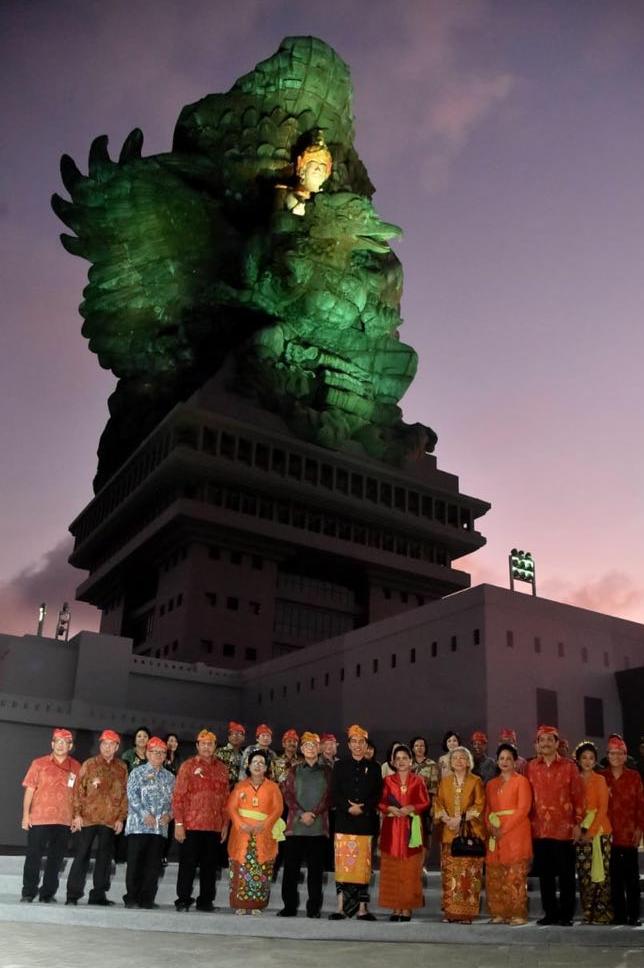JABAR EKSPRES — The Garuda Wisnu Kencana Statue, often abbreviated as GWK, is one of the most famous and revered monumental works of art in Indonesia. Located in Bali, this statue holds deep meaning and rich symbolism within Balinese culture.
Exactly 5 years ago today, the GWK Statue was inaugurated. The GWK Statue depicts Lord Vishnu seated atop the majestic Garuda bird. Lord Vishnu is one of the three main deities in Hinduism worshipped in Bali. He is the guardian and preserver of the universe, entrusted with maintaining balance and order in the world.
In Hindu epics, Lord Vishnu is often depicted as a god who is wise, full of compassion, and deeply concerned for human life.
READ ALSO: The Feast of the Holy Cross, Commemorating the Resurrection of Christ
On the other hand, the Garuda bird is a significant mythological figure in Hindu culture. Garuda serves as Lord Vishnu’s mount and is considered a powerful and loyal creature. In Hindu legends, Garuda is the eternal enemy of the giant serpent, Naga, and symbolizes the triumph of good over evil.
By combining Lord Vishnu and Garuda in one statue, GWK portrays the harmony and unity between these two entities that are crucial in Hindu beliefs.
The GWK Statue also boasts extraordinary dimensions. With a height of 121 meters (397 feet), GWK is one of the largest statues in the world. This is an exceptional artistic achievement and symbolizes the strength and grandeur of Balinese culture.
This work of art also demonstrates Bali’s commitment to preserving and promoting its cultural heritage.
Beyond being a cultural icon, GWK also holds practical significance in Bali’s tourism efforts. GWK is one of the main tourist attractions on the island. Every year, thousands of tourists from around the world come to witness the beauty and significance of this statue.






